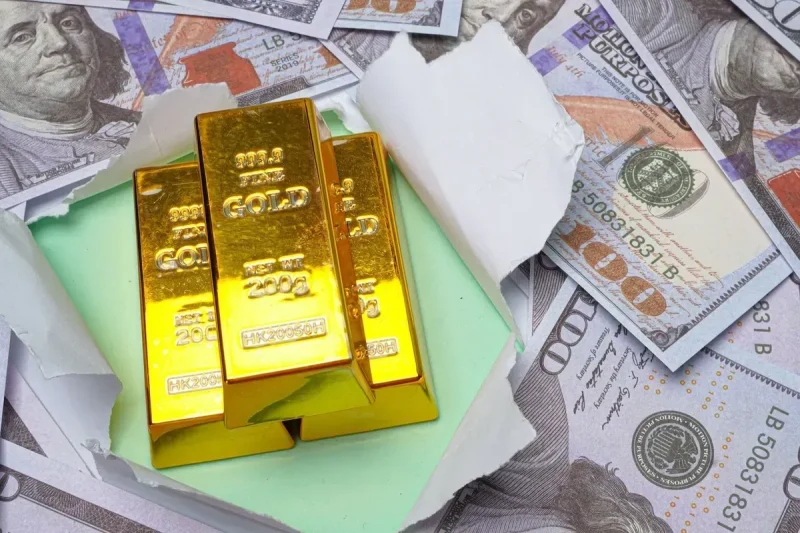Gold’s Moneyness: Experts Debate Inflation, Dollar Dilemma, and Future Highs
In the realm of finance and investment, gold has long captured the interest and admiration of investors worldwide. Regarded as a reliable store of value and a hedge against economic uncertainty, the precious metal has held a unique position in the financial landscape for centuries. However, with the ever-changing dynamics of the global economy and financial markets, the moneyness of gold is a topic of ongoing debate among experts, particularly in the context of inflation, the dollar dilemma, and expectations of future highs.
When it comes to inflation, gold has often been lauded as a traditional inflation hedge. The rationale behind this is that gold maintains its intrinsic value over time, regardless of fluctuations in currency values or price levels. In times of high inflation, investors tend to flock to gold as a safe haven asset to protect their wealth from the eroding effects of rising prices. As such, many experts argue that gold’s moneyness is intimately tied to its historical role as a store of value during inflationary periods.
Conversely, skeptics point to the fact that gold does not generate any income or cash flow, making it a less attractive investment option in comparison to other assets such as stocks or bonds. Additionally, the actual correlation between gold and inflation has been a subject of debate, with some studies suggesting that the relationship may not be as strong as commonly believed. This has led some experts to question the effectiveness of gold as a hedge against inflation in today’s economic environment.
Another factor impacting gold’s moneyness is the status of the US dollar as the world’s reserve currency. Historically, gold has been closely linked to the performance of the dollar, with an inverse relationship often observed between the two assets. A weaker dollar typically leads to higher gold prices, as investors seek to protect their assets from currency devaluation. Conversely, a stronger dollar can put downward pressure on gold prices, as the metal becomes more expensive for foreign buyers.
The ongoing debate surrounding the dollar dilemma and its impact on gold’s moneyness is further complicated by a range of geopolitical and economic factors. The current economic landscape, characterized by unprecedented levels of monetary stimulus and central bank intervention, has raised concerns about the long-term sustainability of fiat currencies and the potential for currency devaluation. In this context, gold may continue to be seen as a safe haven asset and a viable store of value, regardless of short-term fluctuations in the dollar’s value.
Looking ahead, experts hold diverging views on the future highs that gold may reach in the coming years. Optimists point to factors such as increasing demand from emerging markets, geopolitical tensions, and the potential for a resurgence of inflation as catalysts for higher gold prices. Pessimists, on the other hand, raise concerns about potential deflationary pressures, technological advancements, and the rise of alternative assets that may compete with gold for investor attention.
In conclusion, the moneyness of gold remains a complex and multifaceted issue that continues to be debated among experts in the financial community. While gold’s historical role as a store of value and inflation hedge is well-established, the evolving dynamics of the global economy, the status of the US dollar, and shifting investor preferences all play a role in shaping the future outlook for gold prices. As investors navigate the uncertainties of today’s financial markets, understanding the various factors that influence gold’s moneyness will be crucial in making informed investment decisions.

























